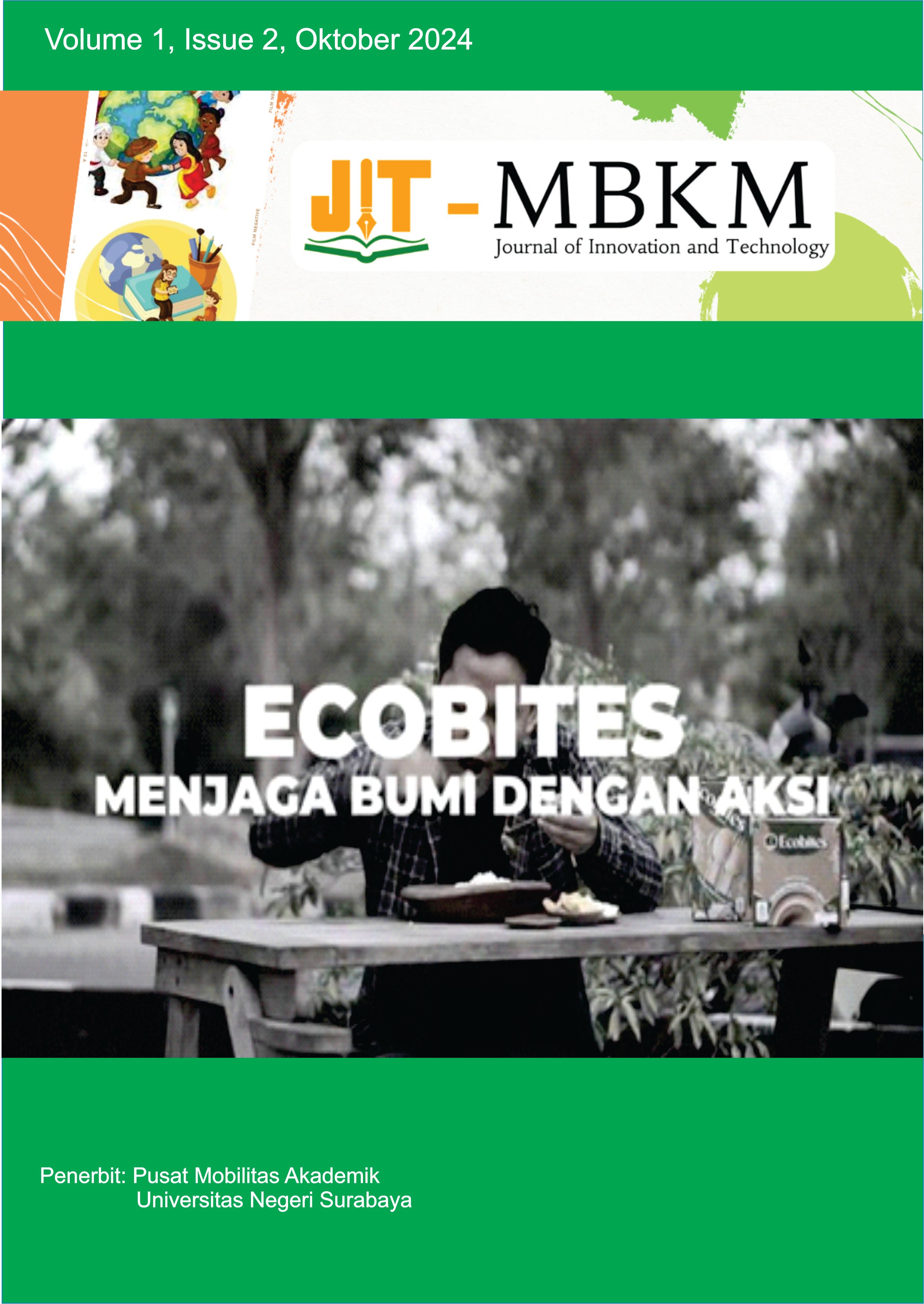The Effect of SeaArt AI-Generated Imagery in Enhancing Junior High School Students' Ability to Describe Objects in Descriptive Writing
Abstract
The integration of Artificial Intelligence (AI) in educational field has metamorphosed traditional learning methodologies, particularly in writing instruction. This study explores the impact of AI-generated imagery, specifically using SeaArt, on enhancing secondary students descriptive writing skills. By providing visually rich and customizable prompts, AI-generated images serve as cognitive scaffolds that stimulate creativity, expand vocabulary, and improve students’ ability to construct vivid and coherent descriptions. The study examines how SeaArt-generated visuals influence various aspects of descriptive writing, including sensory detail integration, figurative language use, narrative coherence, and engagement levels. A series of structured writing tasks were designed to analyze students’ ability to translate visual stimuli into descriptive text, comparing AI-assisted writing with traditional text-based prompts. While this is an initial exploration without practical implementation, it lays the groundwork for future empirical studies and classroom applications. The discussion highlights potential challenges and directions for research on how SeaArt and similar AI tools could be effectively incorporated into writing pedagogy. This conceptual study proposes a design comparing students using AI-generated images with those using traditional prompts. Though not yet implemented, it anticipates improved creativity, vocabulary, and coherence in the AI group, offering a foundation for future classroom research.
 Abstract views: 149
,
Abstract views: 149
, PDF Downloads: 94
PDF Downloads: 94

